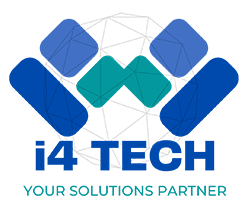Data Visualization Tools
Data Visualization Tools: Turning Data Into Visual Stories
Data is more valuable when it’s understandable. Data visualization makes complex datasets easier to comprehend by converting them into visual formats like graphs, charts, maps, and dashboards. This visual representation allows both technical and non-technical users to quickly interpret trends, relationships, and patterns.
The Importance of Data Visualization:
- Simplifies Complex Data: Long lists of numbers and statistics can overwhelm decision-makers. Visualizing data helps present insights in a clear and intuitive way.
- Identifies Trends and Patterns: Visual tools make it easier to identify patterns and trends in data that might otherwise be hidden.
- Empowers Decision-Making: By translating raw data into visual stories, business leaders can make quick, informed decisions.
- Improves Communication: A well-designed dashboard or graph is more effective in communicating key points than lengthy reports.
Popular Data Visualization Tools:
- Tableau: Offers interactive visualizations that can be customized to meet specific business needs. Its drag-and-drop interface makes it easy to use.
- Power BI: Microsoft’s data visualization tool integrates seamlessly with Excel and allows for in-depth data analysis and reporting.
- Google Data Studio: A free tool that integrates with Google Analytics and other Google services to create real-time dashboards and reports.
- Looker: A business intelligence tool that helps with data visualization and exploration, ideal for teams looking for interactive data analysis.
- D3.js: A powerful JavaScript library for building complex, interactive web-based data visualizations.
Best Practices for Data Visualization:
- Know Your Audience: Tailor visualizations to suit the needs of your audience (e.g., executives, analysts, or clients).
- Keep it Simple: Avoid cluttering visuals with too much data. Focus on the most important insights.
- Choose the Right Chart: Depending on the data, select appropriate visualizations—bar charts for comparisons, line charts for trends, pie charts for proportions, etc.
Conclusion:
Data visualization is key to transforming complex data into actionable insights. By utilizing data visualization tools, organizations can communicate data more effectively, enabling faster and more strategic decision-making.


